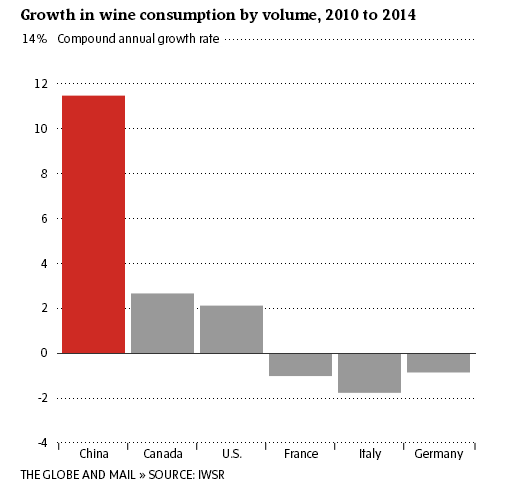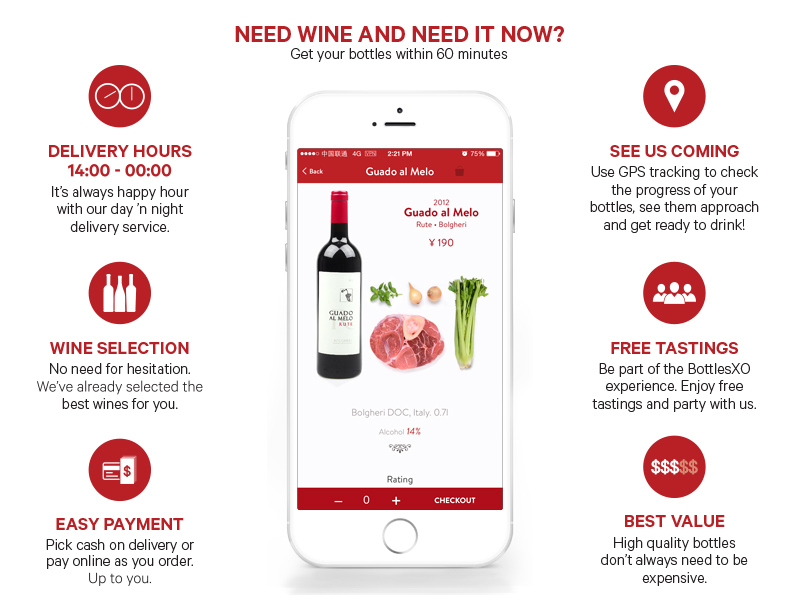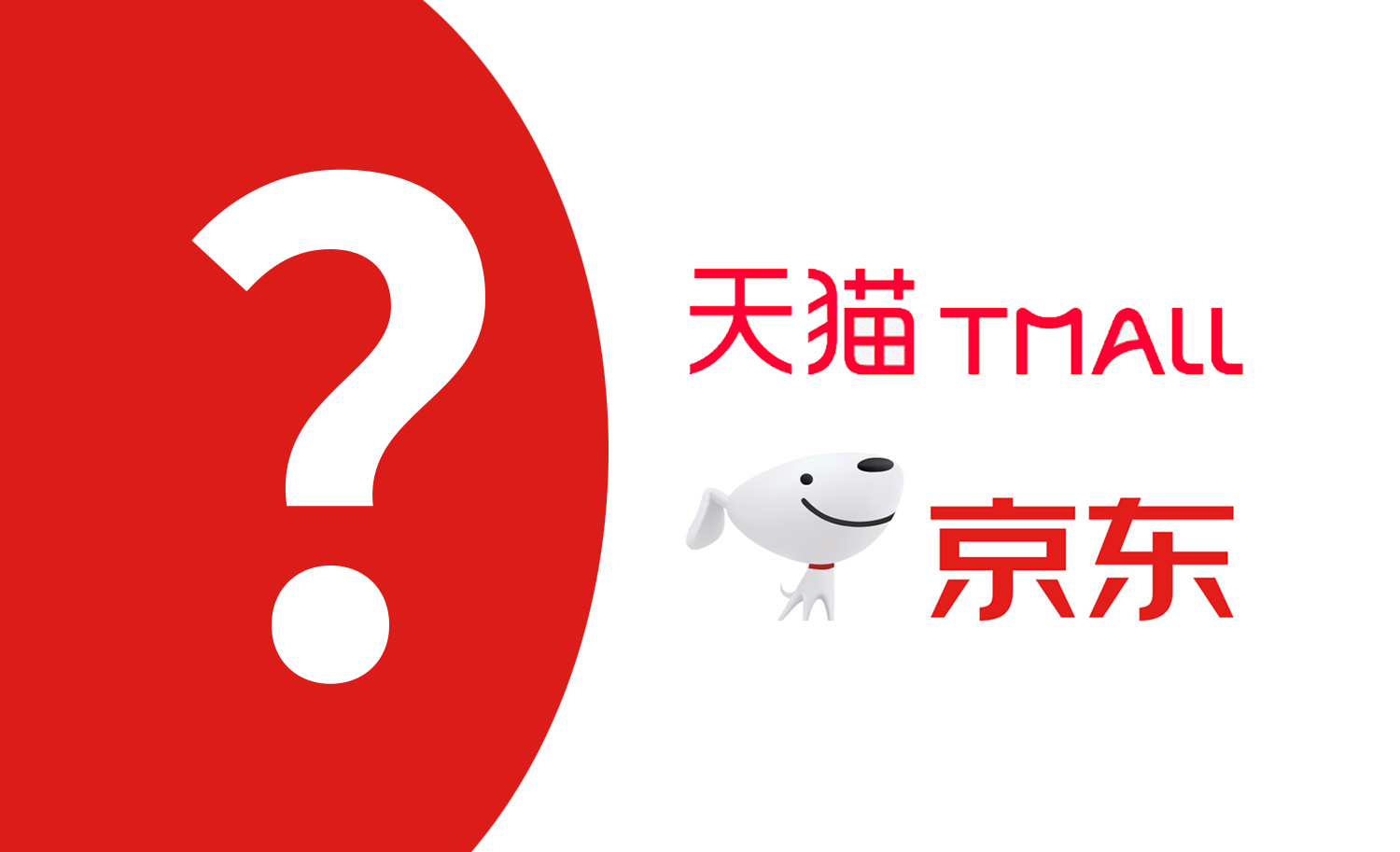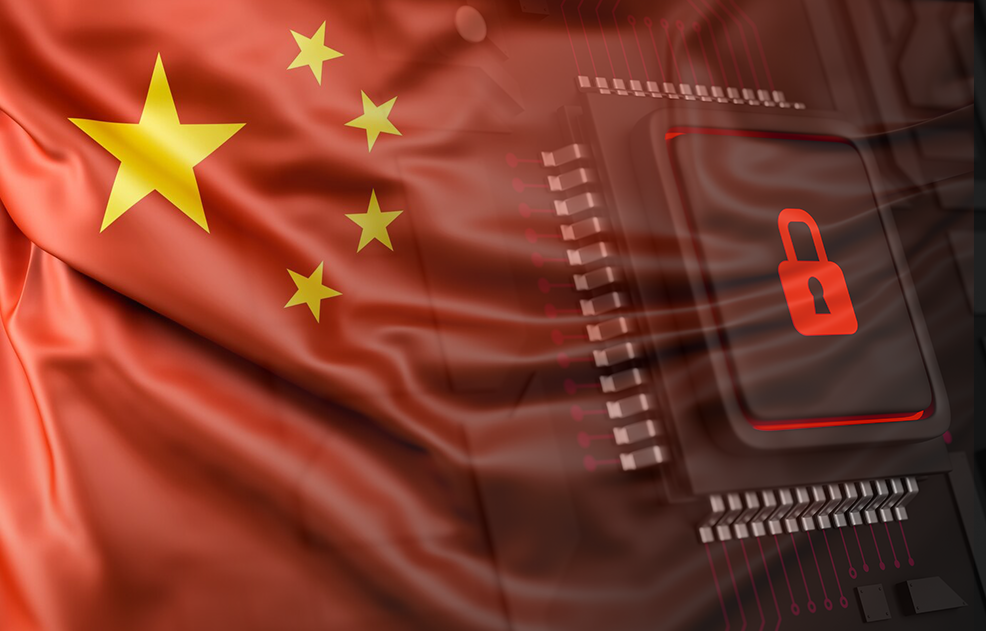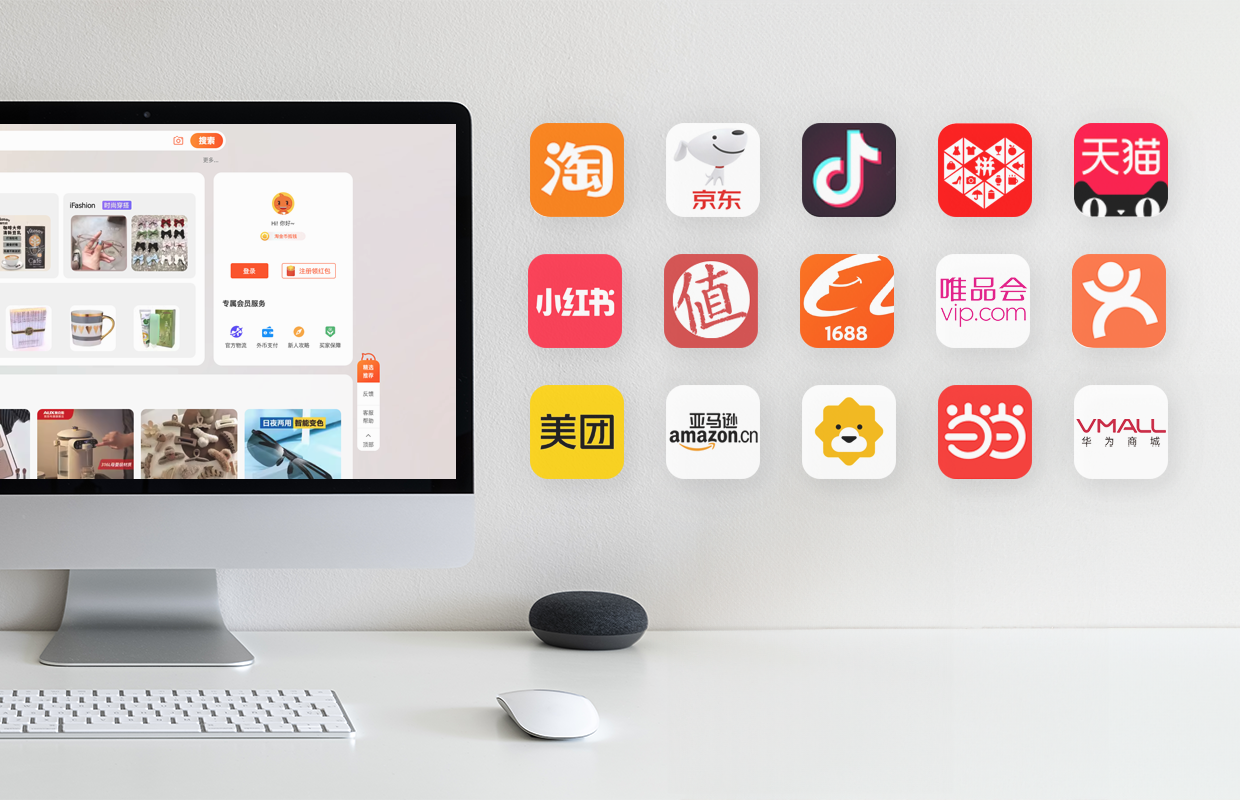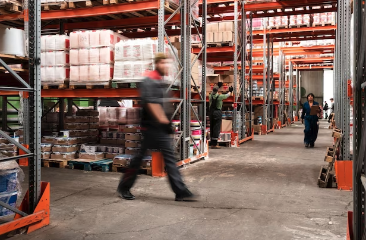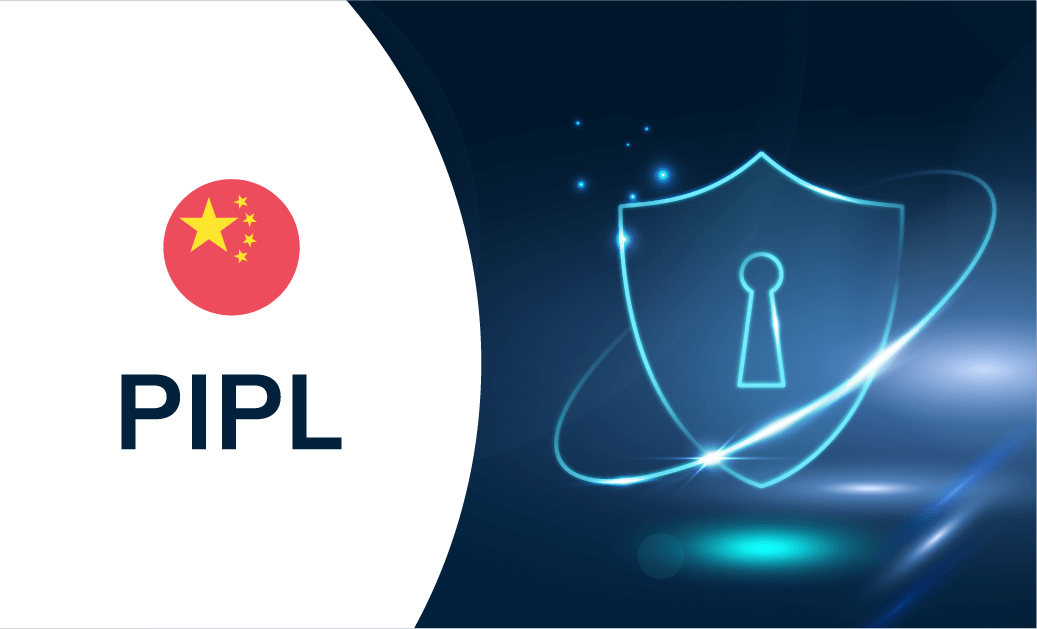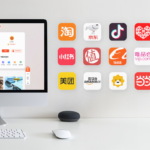Great news for China's wine e-commerce: Chinese love a fine wine, and the love is absolutely getting “hot and heavy”. The consumption of red wine in China almost tripled between 2007 and 2014, and is forecast to grow by another 54% by 2015. China’s wine consumption in 2014 was more than double that of the No. 2 consumer, the United States, according to data from research firm IWSR.
China's e-commerce is also booming with 641 million Internet users, among them more than half are purchasing online. Both factors combined are making Chinese e-commerce wine market a good place to sell. Here are 5 latest trends affecting China’s wine e-commerce right now in the year of 2015.
1. Wine customers in China are changing
When wine first came to China, it was regarded as a symbol of the elite and rich and is usually used as a table wine. Wine companies defined their target customers as “Middle and upper middle class, usually government officials and business owners, aged around 40 to 65”. However, through the years a new segment of wine customers are emerging in China. These people are more likely to be “graduates, working in high-earning professions and in their late 20s or early 30s, who have picked up the wine-drinking habit at business dinners, but are now drinking wine in their social lives too”.
Meanwhile, the consumer behavior of Chinese wine shoppers is changing. Wine was only bought as a face-enhancing gift several years ago in China, but now consumers care more about how it tastes – because they will be drinking it themselves – and how much it costs, because they are more likely to be paying for it themselves as well. Of course Chinese customers don’t know wine as much as the westerners since China does not have a relatively long wine drinking culture, but consumers here are willing to learn more information about wine, which could be a big help during their purchases.
(Chinese younger generations during wine tasting)
2. Wine business owners are changing as well
Successful business owners do not stay all the same when their customers are changing: they change to meet the needs of their customers. Wine business owners are facing one common question nowadays: What should be done to connect and serve our younger generation customers?
The answer is to know where they are and what they like. Young customers today are technology savvy. “Social” is an important element of their daily lives, and being “social” can be both offline and online. Therefore, getting “social” with your customers could be one important task for wine business owners.
Take Everwine’s story for example: The Spanish wine company opened its own online store (everwines.com), everwines.com to serve better with its Chinese customers who are passionate about quality imported and local wines. With the help of TMO Group developing the e-commerce website, everwines.com slightly became the perfect go-to page for potential buyers. TMO Group adapted Responsive Web Design strategy when building Everwines’s E-commerce site, a strategy that enables different user’s behavior and environment based on different screen size, platform and orientation. Other than online development, Everwines also organize various marketing activities within introducing wines by free tasting, educating knowledge by wine class, hosting wine tasting events. All those mentioned above has contributed building up Everwines’s brand image among its target customers, and naturally, reflected directly onto the sales online.
(Responsive Web design adapted to everwines.com)
Besides, First Cellars is also a company currently getting well feedback since its social approach. To meet the needs of Chinese customers who are eager to get a bottle of fine wine but don’t know what to choose, Firstcellars.com offer friendly options for online users to choose from. One can simply click on “Type (Red, White, etc.)”, “Variety (Pinot Noir, Chardonnay, Cabernet, etc.)”, “Country”, and price range, options will appear on the screen for customers to choose from. Another thing to differentiate firstcellars.com and other wine e-commerce site: First Cellars relies heavily on various online promotions. Their famous “Pick Only 3” promotion, which allows customers to select any 3 bottles and get 30% off, offers customers discount on the purchase and boost up the sales for First Cellars itself.
(Firstcellars.com on laptop, tablet and smartphone)
3. O2O: new solution for wine business
O2O, which stands for Online to Offline, is the principle of connecting the Online Digital World to the Offline World through the integration of internet-connected devices. China’s O2O space is predicted to grow to about $1.13 trillion by 2017, according data from IResearch cited by Bloomberg. This phenomenon keeps the public interested and is proved to be a good way for wine brands to interact with their online fans on the social networks.
Another very particular trend most recently is wine business owners are aiming Wechat. Nowadays, Wechat is far more than a smartphone application for chatting with friends in China. For marketers in China, Wechat means business, and much better, business with accurate targets. More specifically, Wechat offers two great tools which benefits businesses: public accounts and mobile payment. The former is an account that sends articles to its subscribers. Wine businesses can use WeChat to build up their Wechat e-commerce mini site, manage memberships, interact with frequent or potential customers, and send targeted promotions.
The built-in payment feature then allows businesses to track transactions and analyze customers' shopping habits and preferences. Mobile payment is arguably the most innovative part of O2O because it gives consumers of traditional businesses the same convenience of online payment.
(Xiaola Wine’s Wechat e-commerce site)
Almost everyone has embraced food delivery in daily life, but how about wine delivery? BottlesXO would be your perfect solution if you live in either Shanghai or Suzhou. BottlesXO is an mobile app that provides one-hour wine delivery service in Shanghai and Suzhou for high quality European wines at reasonable prices. BottlesXO will also give users suggestions on food-wine pairings and inform users on taste notes and the bottles’ origins as well as their story.
(BottlesXO App)
4. Welcome to the game, new players
It is no secret that companies like Alibaba (taobao.com, tmall.com) and JD.com are dominant players of China’s e-commerce market. While these two drives the major sales of Chinese wine e-commerce market, there are still more wine e-commerce website coming to Chinese online shoppers. For example, LeTV, one of the lagest online video and entertainment company in China, launched its on wine e-commerce site, “Wangjiu.com”. LeTV hopes that its success on online TV and videos can help themselves reach to the potential clients who also have needs on wine shopping.
Besides corporations like LeTV, celebrities are aiming Chinese wine e-commerce market as well. Zhao Wei, one of the most famous actress in Mainland China, has bought a St Emilion chateau for an undisclosed price in 2011, and finally partner with tmall.com this year to make a big push on the wine sales. Meanwhile, retired Chinese basketball player Yao Ming has also partnered with tmall.com to promote his new wine brand, “Jing Feng”. The partnership was announced October 2015, a month before November 11, which usually generates the biggest sales for Alibaba every year.
The reason behind new players entering China’s wine e-commerce markets is that the market itself is too huge. In China, nearly 20% of wine in the country is now sold through e-commerce, and research shows that 46% of Chinese shoppers say that they are willing to purchase wine online. Since younger generation relies heavily on online shopping, it will completely change the traditional way of wine sales.
(actress Zhao Wei and her own wine)
(Yao Ming introducing his own wine brand)
5. New Technology adapted in wine e-commerce
Ten years ago, who’s going to believe that nowadays we can order dinner, do grocery shopping, watch TV and even book your flight in a small 5- inch screen in the future? Thanks to the technology, we are currently living in an era that sounds ridiculously convenient. Today’s wine shoppers in China are definitely lucky, because not only they can easily purchase wine products through their smartphone applications in no time, but also these apps will obviously improve their wine shopping experiences.
For quite a lot of Chinese wine consumers, one major concern they have is lack of wine knowledge or language barriers can easily hold them in confusing situation when they’re choosing between numerous bottles of imported wines. 9 kacha (Chinese name: 酒咔嚓) is an app that can solve these problems. Thanks to the image recognition technology, the app enables users to simply scan the barcode or the label of the wine bottle, and all the information about this particular wine (name, year of produce, market price, etc.) will appear on your phone screen immediately. What’s more, 9 kacha will also show all the market prices from every single e-commerce sties for this particular wine you just scanned, which is a huge help for customers to compare the prices and finally make the decision.
(9kacha app)
Another new technology that could be used in wine e-commerce in the near future is Augmented reality. Augmented reality (AR) is a live direct or indirect view of a physical, real-world environment whose elements are augmented (or supplemented) by computer-generated sensory input such as sound, video, graphics or GPS data. With Google Glass hype at an all-time high, businesses with an eye toward technology are starting to take augmented reality seriously. Although many augmented reality apps are designed for entertainment or personal uses, the technology provides plenty of opportunities for businesses.
Recently, TMO Group is working on a smartphone app combining wines and cutting-edge AR technology. From this video, we can clearly see that when viewed through a smartphone app, the wine bottle came to life, allow the user to view it in 3D. Not only the bottle, users can but also achieve information about this wine as much as they want. The best part is user can easily get connected to the e-commerce site that sells this particular wine. TMO Group hopes this app can be both educational to users and profitable to business owners.
(TMO Group's Augmented Reality Application demo)
TMO Group’s AR app is a perfect demonstration to show the indefinite possibilities of Augmented reality technology. With the boost of AR, your cellphone camera is not just a camera to take pictures. The camera can analyze the information, give feedback to the user, interact with the visual content, and last but not least, improve your daily life.


